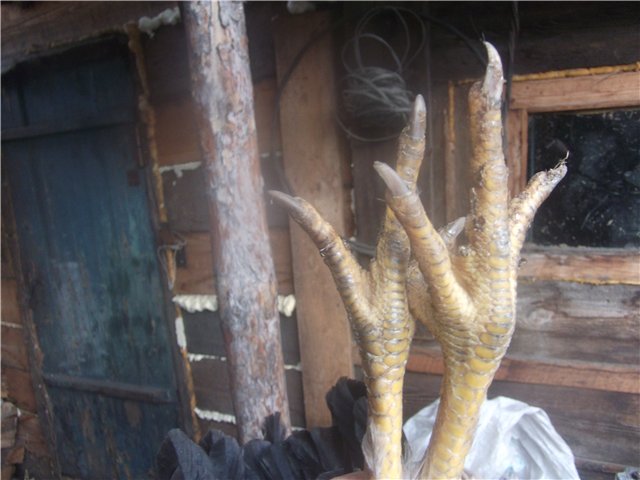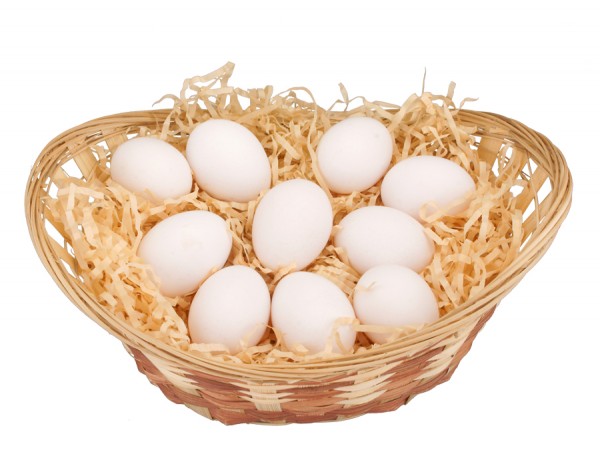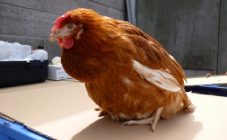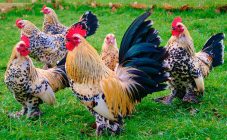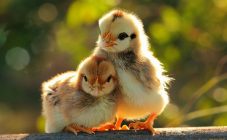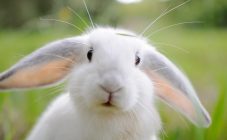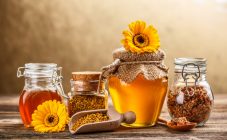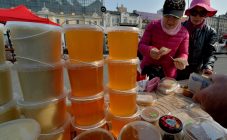Content:
Laying hens are the most common birds in households. Such popularity of birds is determined by ease of care and good productivity.
In addition, chicken is a popular product, like chicken eggs. But even for such a process as keeping chickens, you should know some of the features that help to get a good result. One of these features is how to determine the age of a laying hen.
Why determine age
It seems like a strange factor, but those poultry farmers who have encountered such a problem are advised to figure out how to distinguish young chickens from old ones. The fact is that a chicken can live for 10-15 years, but it retains egg production for no more than 5 years.
This fact should be taken into account when buying a bird - often unscrupulous sellers take advantage of the inexperience of buyers and sell old chickens instead of young chickens.
The ability to determine which chicken differs from the rest is necessary when running a large farm, keeping a large number of poultry. In such circumstances, it is almost impossible to remember how old each chicken is. Keeping a bird that is not flying is an extra cost for feed.
How to tell an old chicken
It is almost impossible to find out the exact age of the chicken. But on the other hand, it is quite realistic to determine it with an accuracy of 6 months using folk methods. These results are sufficient to cull unproductive individuals.
The main ways to distinguish young chickens from old ones are:
- The condition of the beak and paws is a fairly reliable way to distinguish a promising individual from an ineffective one by external signs. Chickens younger than one year old have a smooth, beautiful rich yellow beak. In an adult bird, the beak becomes dull, hard, and often appears in the presence of chips and scratches. Another distinctive feature of a young chicken is the condition of the paws - the skin is smooth, without scales, corns, they are evenly colored. Using this method, you can recognize a fake of the popular German breed Loman Brown (Broken). The original individuals have thin, golden skin on their paws.
- Condition and color of plumage. Individuals that have not reached the state of molting - up to six months, are characterized by beautiful silky plumage, saturated bright color. Soft fluff is still preserved under the large feathers. In addition, the feathers of young birds recover rather quickly. You can recognize adult chickens by their dimmer plumage, a little untidy appearance.
- The size and condition of the abdomen. A large hard belly, with a possible fat layer, indicates inactivity, which means that the bird is of considerable age. Accordingly, on the contrary, a soft belly and an elastic developed brisket is a sign of a young chicken.
- The size and weight of a bird is a rather unreliable method that can only be trusted in conjunction with other indicators. It is believed that adult birds are larger and heavier. But it's not always the case. These indicators completely depend on the individual characteristics of the breed. Today there are many miniature types of layers, which at an older age differ little from young hens.
- Activity. At an early age and in good health, laying hens are characterized by excellent mobility: they are the first to swoop in food, are constantly in search of additional nutrition, show interest in everything that happens, do not rush to return to the chicken house in the evening or in bad weather conditions, and in the morning they are the first to run out into the street ...
- Pupil and corneal color is a method recommended by experienced poultry farmers. It is worth taking a closer look at the chicken's eyes, especially the pupils: if they are bright orange and the cornea is white, then the chicken is young. If the pupil is dull and pale, the bird is already old.
In addition to ways of determining the age by the appearance of the chicken, you can find out which category the bird belongs to by the state of the eggs that it carries.
Chicken pullets:
- Small egg - 40-45 g.;
- Strong shell;
- The yolk is large, viscous, bright yellow or orange in color.
In an adult chicken:
- Large egg - more than 70 g;
- The shell is thin, maybe more like a film;
- The yolk is small, pale in color, prone to spreading.
Determining the age of the scallop
One of the surest and easiest ways to identify a young bird is to study the scallop:
- Coloring scallops and lobes is one of the simplest, most obvious and reliable methods of distinguishing the productive age of layers. The main feature that distinguishes pullet hens from old hens is the bright red color of the comb. This color indicates the health of the bird, saturated blood flow. The pigment involved in shaping the color of the scallop is used to create the shell of the eggs. The paler the crest becomes, the less the chicken's productivity. This dependence can be traced especially clearly with respect to the known breed of Dominant laying hens.
- Ridge temperature. A young laying hen should have a warm comb - this is the best evidence of good blood flow, the vitality of the chicken, and its egg production.
Definition of a non-laying chicken
In cases where it is impossible to know the exact age of a bird, you should find out whether it is rushing or not. Several methods are used for this:
- Palpation. The most reliable method for determining egg production. The head and wings of the chicken are held, the cloaca is felt. If the bird is oviparous, the egg is felt. In addition, the size between the pubic bones is measured. If it reaches the size of two fingers, then the hen is a productive layer. This procedure is recommended for several days in a row.
- Tags. A fairly common method, especially on large farms. It consists in tracking chickens that have perched on nests, and leaving paint marks on them. Such actions should be performed daily, preferably in the afternoon, for one to two weeks. As a result, birds that do not fly will remain unmarked. It should be noted that clucking is a clear sign that a hen is about to sit on the nest or has already blown away, especially if it is disturbed at this time.
- Examination of the cloaca. It is an additional method for determining a productive layer. In an oviparous hen, the cloaca is slightly swollen, slightly moist, the opening is widened. If the cloaca is dry and hard, the bird has not rushed for a long time.
- Isolation. A rather painstaking and not always reliable method. To use it, you will need a separate room, in which 1-2 chickens are placed in turn for a couple of days. Thus, it is possible to determine whether chickens are laying or not.But this method can give incorrect results - birds may experience stress due to a change in environment, and egg production may stop for several days. This situation can be corrected by the location of an isolated territory in the field of view of other individuals.
How to determine the age of a rooster
The main indicator of a rooster's age is its legs, or rather the presence of spurs. In a young cock, up to six months old, spurs are defined as small seals. Over time, they grow and become ossified. Spurs grow at a rate of 1.5-2 cm per year.
In addition, young individuals of egg breeds can be distinguished by the condition of the scallop and beak. The comb should be bright red, elastic, warm. The beak is deep yellow or orange, smooth, without damage.
Another sign of a very young rooster is high legs and an elongated body, which has not yet gained optimal weight. This indicates that the body is still growing.
Poultry tips
Experienced poultry farmers recommend constantly rejecting unproductive birds - there is no benefit from them, feed costs are high. In this case, you need to take a good look at what the chicken looks like. If she is young, she may stop rushing for a while - take a short break.
In addition, juicy feed should be introduced to improve egg production. In winter, you can increase daylight hours using piece lighting.
The most optimal age for buying young animals is 4-6 months, preferably in the summer.
It is recommended to acquire young individuals at special poultry farms - there are logs of the exact time of hatching of chicks, the breed is correctly determined, and vaccinations are also carried out.
Poultry farming is quite an exciting and profitable occupation that is gaining more and more popularity among farmers and small farm owners. In order for this hobby to bring only positive emotions, a quality product and a stable income, you will need to make some effort and acquire some knowledge.

